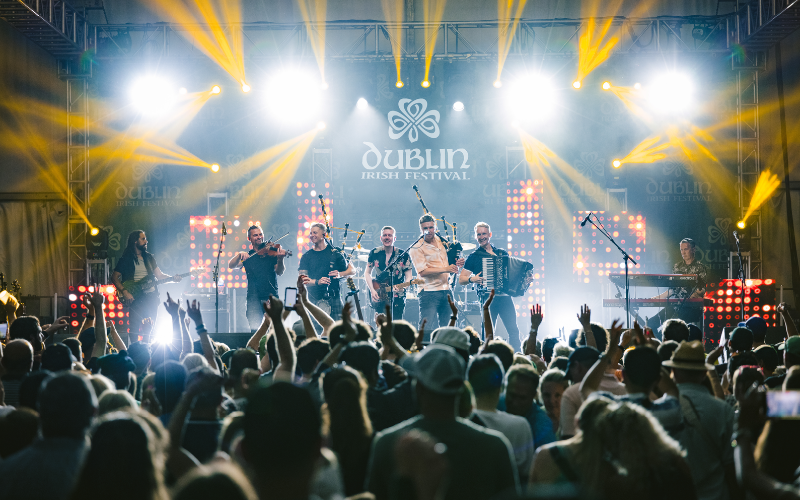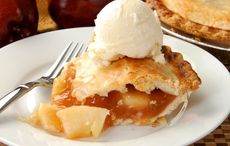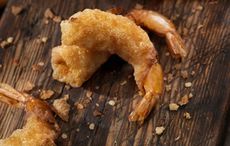Did you know that a raisin dropped in glass of fresh champagne will bounce up and down continuously from the bottom of the glass to the top? ’Tis true I tell thee, now watch everyone go and try it. This brings me to this week’s subject, Champagne.
Sparkling wine very well might be the wine world’s best answer to summer heat. First of all, both the wine’s temperature and the bubbles themselves make it a refreshing, cooling beverage,and one that restaurantguests will down a lot more quickly than a big Cabernetwhen temperatures rise.
Additionally, sparklingwines are high in acidity, which suits them perfectly toa number of summer foods: ham, salads and chilled soups, seafood … all take well to a crisp bubbly.
Unfortunately, these days the classic choice for bubbles, Champagne, comes at a price that stands in the way of it becoming an everyday wine for most people; it’s rare to find anything good underthe $40 mark retail. (Making Champagne is a time and laborintensive — and therefore expensive — process.)
On top of that, worldwide demand has stretched the supply into new markets in Asia and Russia, and prices are following the classic economic model we learned in high school. So, there are plenty of Champagnes worth splurging on, but few well-priced values.
If ever there was a wine to counter the conventional wisdom, it must be Prosecco, the fun and fizzy Italian sparkling wine from the Veneto.
Throw out those notions that proper bubbly must be handmade stuff, made from only the noblest of Chardonnay and Pinot grapes and fermented in the individual bottle. Prosecco comes from grapes you probably never heard of (Prosecco, mostly, and Verdiso, perhaps with splashes of Pinot Bianco, Pinot Grigio and Chardonnay); and it’s produced in bulk, carbonated in large vats by the muchmaligned “Charmat process” that’s usually associated with plonkish industrial fizz.
But for some reason that I’ve never fully understood but am quite willing to enjoy, Prosecco consistently succeeds where so many of Champagne’s imitators fail: It’s crisp, dry, fresh and fizzy, a delicious wine for a summer aperitif or even at the dinner table.
You’ll occasionally see still or lightly sparkling Proseccos, butmost of it comes fully carbonated under a Champagne-style cork that flies out with a similar pop.
Don’t make the mistake of comparing Prosecco with Champagne - it’s a different wine with a different personality at a decidedly different price.
Look for Prosecco in the range from less than $10 to, at the outside, under $20. For style, quality and value, I would choose any random Prosecco in an instant over most Spanish cava’s, American low-end sparkling wines or any other bubbly in this price range.
FOOD MATCH: A simple pilafstyle chicken-and-rice dinner seasoned with lots of tarragon, ginger and garlic made a splendid match, enlivened by a splash of fresh lemon juice stirred into the dish at serving time.
WHEN TO DRINK: Like all affordable bubblies, it’s ready to drink and won’t benefit from further aging; but a year on the wine rack or in the fridge won’t kill it.
Do you want your champers with a minty taste? I don’t personally,but this is good if you get pulled over on a DUI.




Comments